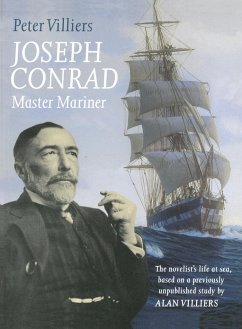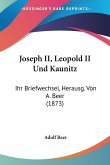Conrad scholars have known for years that this study by master mariner and distinguished sea writer Alan Villiers was in the works but not finished. When Villiers died in 1982, it lay dormant for many years until his son Peter took up the task of finishing it. This elegantly designed and illustrated volume is the result of his efforts and will be of interest to Conrad scholars, maritime historians, and readers of sea literature alike. Everyone will enjoy the reproductions of Mark Meyers s paintings of the twelve ships that form the core of Conrad's sea experience. My concern about who was writing, father Alan or son Peter, disappeared as the difference in their styles emerged. Alan Villiers' distinctive style is both easygoing and full of vitality because he avoids sea jargon, explains only what he has to be explained, and captures the essence of ships, men and experience at sea with fresh memorable phrases. The context of deteriorating conditions in commercial sail or accepted practice in handling square rigged ships appears casually as needed, never in blocks that interrupt the narrative flow. (...) the blend of narrative and explanation is seamless because the simple but effective structure of the book tells the story of Conrad s involvement with the dozen ships during his twenty year sea career. The book's focus falls on Conrad the seaman (Konrad Korzeniowski) rather than Conrad the novelist, so both Alan and Peter Villiers adopt the strategy of dealing with this Polish identity throughout, bridging frequently to Joseph Conrad as the sea experience resurfaces in fictional form. Beyond Conrad's fans, anyone interested in understanding life at sea in the larger decades of commercial sail trade will appreciate the father insight and the son's unobtrusive but helpful additions.
Hinweis: Dieser Artikel kann nur an eine deutsche Lieferadresse ausgeliefert werden.
Hinweis: Dieser Artikel kann nur an eine deutsche Lieferadresse ausgeliefert werden.








